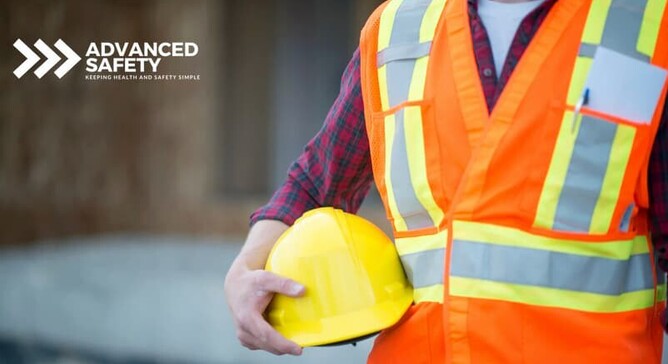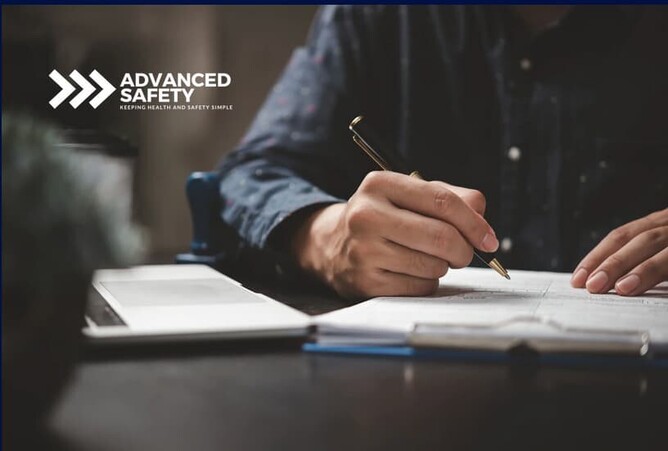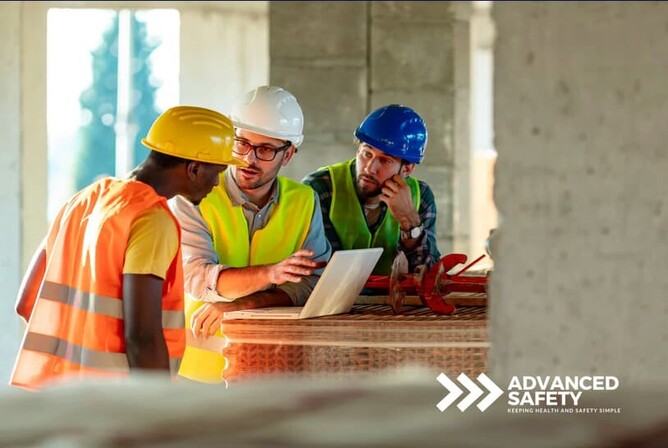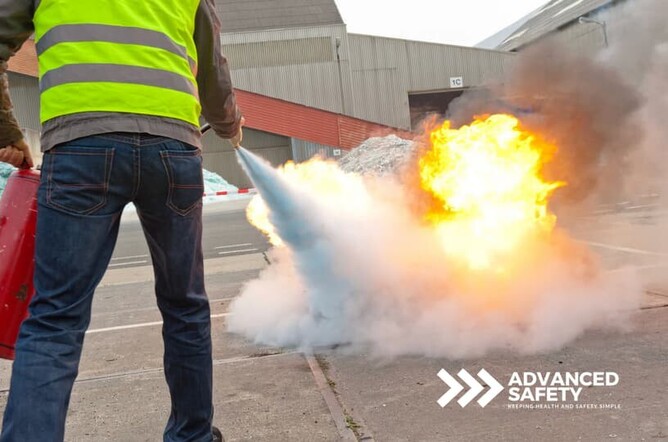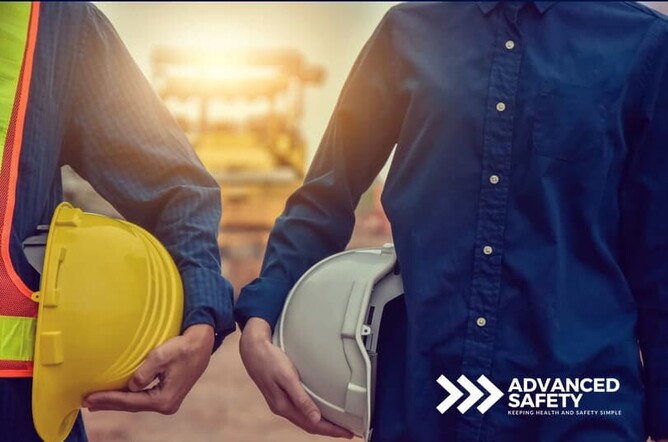Contractors play a critical role in maintaining workplace safety, particularly in high-risk industries like construction. With multiple hazards present on-site, contractors must understand their health and safety responsibilities to ensure compliance with New Zealand’s legal framework and create a safe working environment.
From meeting WorkSafe NZ regulations to implementing risk assessments and emergency response plans, every contractor must take proactive measures to safeguard themselves and others on the job.
So, what are the contractor health and safety responsibilities?
Discover what you need to know.
Understanding Contractor Health and Safety Responsibilities
Workplace safety is a shared responsibility, and contractors have legal duties under the Health and Safety at Work Act 2015 (HSWA). These responsibilities include:
Identifying and Managing Risks – Contractors must proactively assess potential hazards and implement control measures to reduce workplace risks.
Providing Safe Work Conditions – Every contractor must ensure that safety procedures are followed, and protective equipment is used correctly.
Training and Supervision – Workers need to be properly trained in workplace safety procedures to prevent accidents.
Compliance with Legal Standards – Contractors must adhere to WorkSafe NZ regulations and industry-specific safety requirements.
Failing to meet these obligations can lead to serious legal and financial consequences.
Understanding Health and Safety Legislation for Contractors
New Zealand's Health and Safety at Work Act 2015 (HSWA) places a duty of care on contractors, ensuring they take all reasonably practicable steps to protect themselves and others. Compliance with these legal obligations is essential for minimising workplace accidents and ensuring a safe environment for all.
Key Aspects of Health and Safety Law for Contractors
Primary Duty of Care – Contractors must identify and control risks associated with their work.
Risk Management – Implementing hazard control measures is essential to maintaining compliance with health and safety regulations.
WorkSafe NZ Regulations – Contractors must meet industry-specific safety requirements and report incidents when necessary.
Understanding and complying with these regulations helps contractors avoid fines, legal actions, and reputational damage.
Want to discuss your safety goals?
Contact Advanced Safety for professional guidance and support.
Contact Us TodayDeveloping a Risk Assessment Plan for Contractors
A well-structured risk assessment plan is essential for managing health and safety responsibilities. Contractors should conduct thorough risk assessments to identify potential hazards and implement necessary safety measures.
How to Conduct a Risk Assessment
Identify Hazards – Evaluate the worksite for risks such as moving machinery, working at heights, and hazardous materials.
Assess Risks – Determine the likelihood and impact of identified hazards to prioritise safety measures.
Implement Controls – Introduce control measures, such as PPE, safety barriers, and hazard communication protocols.
Monitor and Review – Regularly review and update risk assessments to address new hazards.
A robust risk assessment plan not only ensures compliance but also significantly reduces the likelihood of workplace incidents.
Contractors’ Duty of Care: What It Means
Contractors are legally obligated to take reasonable steps to ensure their own safety and the safety of those working around them. Duty of care includes:
Providing Safety Equipment – Contractors must supply personal protective equipment (PPE) such as helmets, gloves, and high-visibility clothing.
Training Workers – All employees and subcontractors should receive thorough safety training before beginning work.
Ensuring a Safe Worksite – Contractors must monitor their worksites to prevent potential safety hazards.
Contractors who fail to meet these obligations risk facing serious legal and financial repercussions.
Maintaining a Safe Work Environment for Contractors
A safe work environment is essential for reducing workplace accidents and ensuring compliance with New Zealand safety laws. Contractors should implement the following measures:
1. Site Cleanliness and Organisation
Keeping the worksite free of debris, spills, and obstacles reduces the risk of slips, trips, and falls.
Securely storing hazardous materials and tools prevents unnecessary workplace hazards.
2. Regular Inspections and Safety Checks
Conducting frequent safety audits helps identify and eliminate potential risks before accidents occur.
Reviewing safety procedures ensures ongoing compliance with WorkSafe NZ regulations.
3. Employee and Subcontractor Safety Training
Providing clear guidelines on safe work practices helps prevent accidents.
Encouraging safety awareness among workers fosters a proactive workplace safety culture.
A well-maintained work environment protects workers, minimises downtime, and enhances productivi.
Emergency Response Plans for Contractors
Emergencies can occur at any time, and contractors must be prepared to handle them effectively. A comprehensive emergency response plan includes:
Fire and Evacuation Procedures – Clearly marked exits, fire extinguishers, and emergency meeting points.
Medical Emergencies – Access to first aid kits and trained personnel to respond to injuries.
Incident Reporting – Procedures for documenting and investigating accidents to prevent recurrence.
Regular emergency drills ensure that all workers are familiar with response protocols, reducing panic and confusion during an actual emergency.
The Role of WorkSafe NZ in Contractor Safety Compliance
WorkSafe NZ is responsible for monitoring workplace safety and ensuring contractors meet their health and safety responsibilities. Contractors must:
Register and Report Incidents – All serious accidents and near-misses must be reported to WorkSafe NZ.
Comply with Safety Inspections – WorkSafe NZ inspectors conduct random site audits to assess safety compliance.
Follow Industry Guidelines – Contractors must adhere to WorkSafe NZ’s safety regulations specific to their industry.
Failing to comply with WorkSafe NZ standards can lead to hefty fines, project shutdowns, and reputational damage.
Working with Clients and Lead Contractors
Contractors must collaborate with clients and lead contractors to ensure site-wide safety compliance.
How to Ensure Effective Collaboration
Clear Communication – Contractors must discuss health and safety expectations with clients before starting work.
Safety Coordination Meetings – Regular meetings with lead contractors ensure alignment on safety practices.
Compliance with Client Policies – Contractors should understand and integrate the client's health and safety protocols.
By fostering a collaborative safety culture, contractors, clients, and lead contractors can maintain a secure and efficient work environment.
Conclusion: Prioritising Contractor Health and Safety Responsibilities
Understanding and fulfilling contractor health and safety responsibilities is critical for maintaining workplace safety and legal compliance. Contractors must take proactive steps to assess risks, implement safety measures, and work closely with clients and regulatory bodies like WorkSafe NZ.
By fostering a culture of safety, businesses can protect workers, prevent accidents, and ensure compliance with New Zealand’s workplace safety regulations. Investing in proper training, risk assessments, and emergency preparedness is key to creating a safer and more efficient work environment.
Need expert advice on contractor safety compliance? Contact Advanced Safety today to ensure your worksite meets the highest safety standards.
